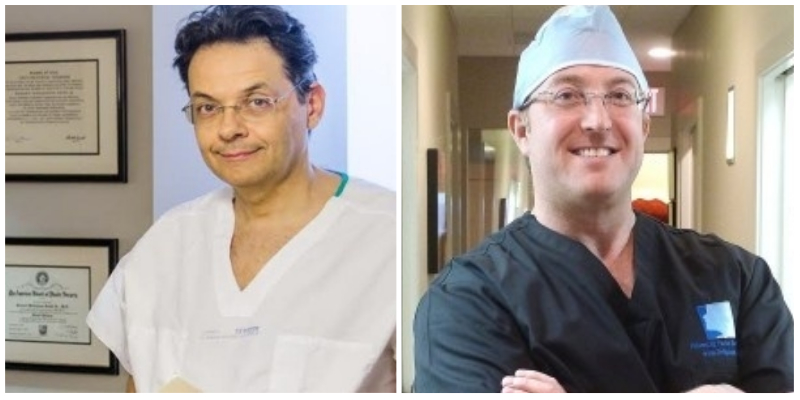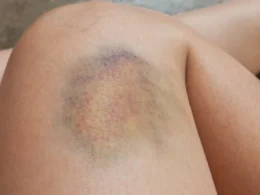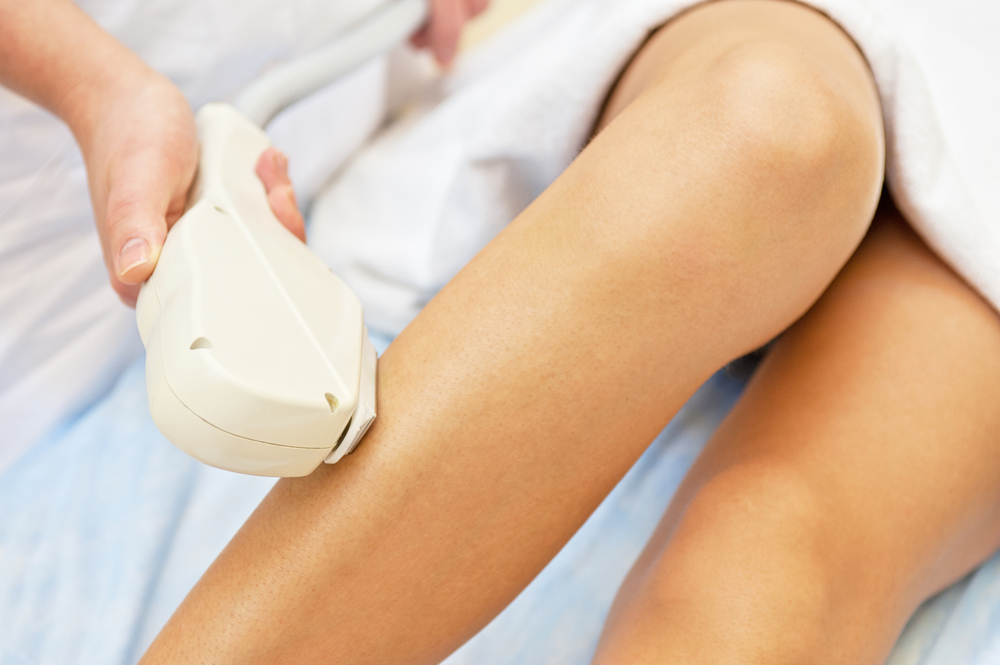As society increasingly accepts cosmetic surgery as a means to enhance one’s appearance, procedures are constantly being perfected to meet the needs of an ever-evolving patient base.
Botox’s growing popularity, the recent surge of interest in facial feminization, and the demand for body modification revisions offer examples of the industry’s adaptability.
We asked leading plastic surgeons Dr. Richard Swift and Dr. Jeffrey Spiegel for their thoughts on some of the biggest trends that are currently shaping the cosmetic surgery landscape.

1. Caitlyn Jenner: raised awareness and acceptance of feminization surgery
Since her coming out in 2015, Jenner has been called the most famous openly transgender woman in the world.
“I’m not sure if it will become more mainstream in upcoming years, but feminization surgery is definitely an option that more transgender patients are exploring,” says Swift. “Caitlyn Jenner made it more acceptable and gave hope to many people who were not initially ready to take any action and change their looks.”
Spiegel adds that many surgical techniques that are employed during facial feminization surgery are also performed on non-trans patients.
“Of course, transgender women want to look the way they know they are, but other women are also interested in these procedures,” Spiegel says. “I often hear women say that they’d like to be better-looking, and recognize that the problem is that their appearance is somewhat manly. We offer great solutions to them, with safe surgeries that are very powerfully beautifying.”
2. Microneedling is increasingly popular, but lasers are here to stay
Light-based treatments have evolved significantly in recent years, and Dr. Swift is confident that the demand for minimally-invasive laser procedures will continue to grow — despite the rising popularity of cheaper alternatives such as at-home microneedling.
“With procedures like microneedling and chemical peels, there are now more options available to improve skin quality, texture, and tone,” says Dr. Swift. “Microneedling is less expensive and requires less downtime, depending on the level of the needle used. It can be beneficial for patients in their 20s and 30s, but for patients in their 40s or 50s laser treatments may have more impact.”
Dr. Spiegel speaks enthusiastically of the versatility of lasers. In his opinion, surgeons have also gotten much better at understanding when to use them.
“They’re great for getting rid of pigmented spots, reducing hair growth, and eliminating some blood vessels or veins,” he says. “They’re also still the best way to eliminate unwanted tattoos. I use lasers for all of those purposes.”
However, some of the things for which lasers used to be the best option — such as reducing large pores, stretch marks, or acne scarring — may now be better treated with microneedling.
“Microneedling is a much less expensive procedure, with less downtime in most cases,” says Dr. Spiegel. “And it’s safe on all skin colors, too! We’re getting great results with microneedling for problems that used to be very hard to treat.”
3. Gauged earlobes and extreme piercings: reversible damage
“I’m definitely seeing more and more people who want to get rid of what I call the ‘signs of youth’ such as gauged ears, prominent piercings, tattoos, and other body modifications,” says Dr. Spiegel.
Thankfully, these procedures are relatively straightforward. Gauged ears, for example, can be closed in a way that leaves virtually no evidence that there ever was an earring. Other times surgeons will subtly change and conceal the appearance of a mark — for example, a piercing scar can be made to look like a freckle.
“I often do revisions under local anesthesia on scars left by gauged ears and old facial piercings,” says Dr. Swift. “Most scars from piercings, stretched skin, or depressions can be surgically revised.”
4. New and improved fillers produce more subtle results
“With the array of fillers now on the market we’re able to provide women and men with a non-surgical option to make them look years younger,” Dr. Swift says.
Restoring volume to the cheeks, getting rid of under eye bags, plumping the lips and hands — fillers can be used in countless ways.
Both doctors agree that a plastic surgeon who has in-depth knowledge of facial anatomy and experience administering different types of fillers can provide very natural-looking results.
“Our brains are very, very sophisticated at getting evidence from another person’s face,” Dr. Spiegel explains. “We don’t just look at how full the lips are or whether or not there are wrinkles on the forehead: we process many, many data points to draw our impressions of a person.”
Sometimes a tiny amount of filler into the eyelid, temple, or earlobe can make all the difference and change a person from looking done to looking young.
“This is exactly the type of facial analysis and subtle use of fillers that I speak about and that we offer in my office,” Dr. Spiegel says.
5. Social media: everyone wants to look their best
“The selfie craze has definitely impacted the way people feel about themselves,” says Dr. Swift. “In my practice, many patients are requesting injectable treatments like Botox and fillers, or Kybella to melt away submental fat.”
These are all in-office procedures that are quick, relatively painless, require little downtime — and are increasingly popular among younger patients who want to reduce or stave off the signs of aging.
“It’s true that people see themselves in photographs more often now, and looking good is important,” says Dr. Spiegel. “Even when you don’t know the person has had something done, the face sends its message. That’s what I love about my job — I get to help people present their best selves to the world.”
The bottom line: sometimes, less is more
“It’s quick and easy to get an opinion, and most solutions are office-based with very little downtime,” says says Dr. Spiegel. “Dark spots, tired eyes, frowning, aging hands, gummy smile, looking tired… many of these problems are improved in less than 20 minutes!”
As recently published statistics show, the demand for minimally-invasive cosmetic procedures is indeed growing. Patients are also more well-informed than ever, and numerous options are available to target various aesthetic concerns.
“We all have one life to live — looking your best helps you feel your best and make the most of your opportunities,” Dr. Spiegel concludes.
» To find out more about these and other plastic surgery procedures, meet our Medical Review Team.









